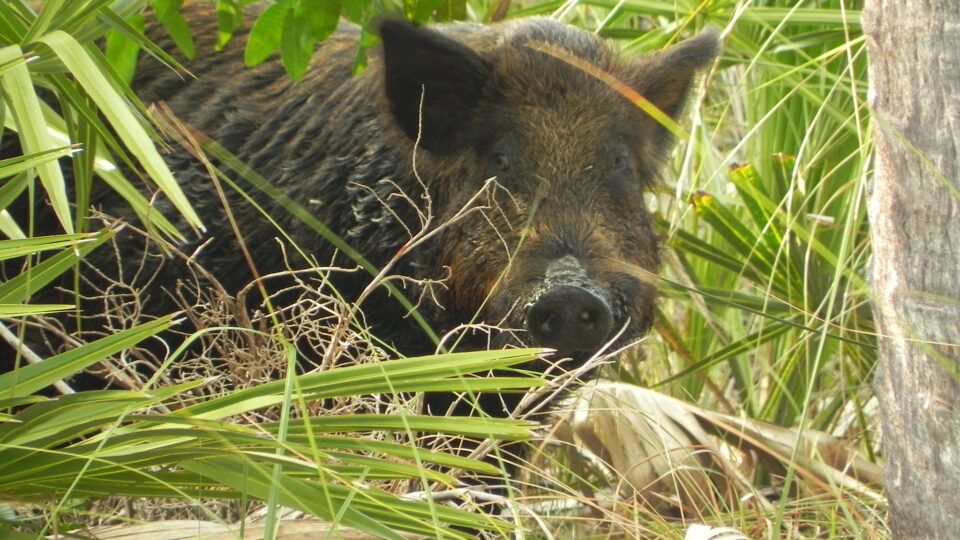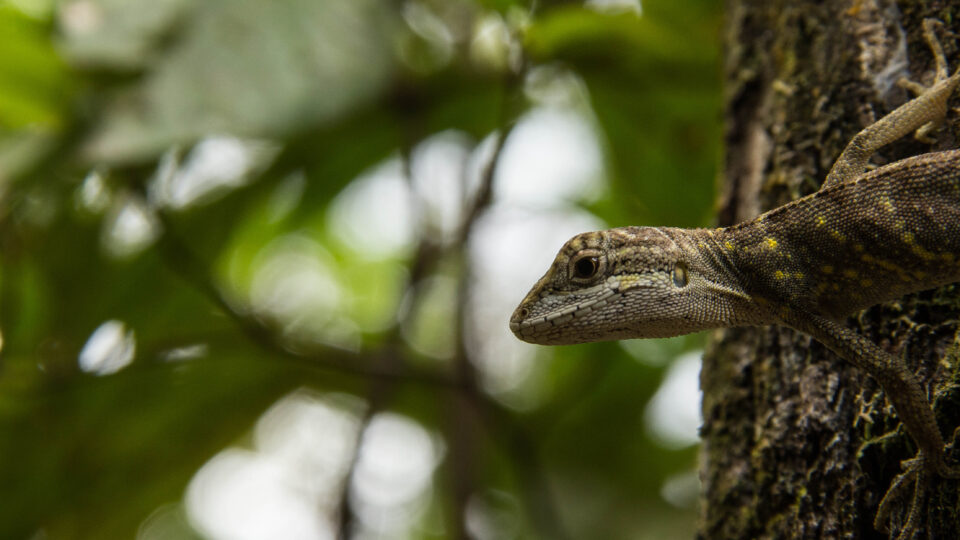In the U.S., there are as many as nine million feral swine living in 38 states. A conservative estimate indicates that they cause about $1.5 billion in property and agricultural damage each year in this country.
Pigs were introduced to the United States centuries ago as a food source, but they quickly established wild populations. Feral domestic pigs bred with purebred Eurasian boar that were introduced for hunting, and these hybridized wild pigs spread across the landscape thanks to their prolific reproductive rates and willingness to eat just about anything.
When wild pigs forage, they upturn roots and soil with their snouts, damaging natural habitats and other animals. A 2021 study found that wild pigs are releasing over five million tons of carbon dioxide annually by uprooting carbon trapped in soil.
As a result, many programs were implemented nationwide to try to reduce populations, usually through lethal methods.
According to new research from the University of Georgia’s Savannah River Ecology Laboratory and Warnell School of Forestry and Natural Resources, recent conservation efforts have proven effective at controlling wild pig populations in the Southeastern U.S. Within 24 months of the start of control efforts in the study area in South Carolina, the research team found a reduction of about 70% in relative abundance of pigs, and a corresponding decline in environmental rooting damage of about 99%.
Wild pigs are basically a human-caused problem, and controlling their populations will require continued cooperation and collaboration.
**********
Web Links
Wild pig populations in U.S. can be managed
Photo, posted January 28, 2013, courtesy of Don and Janet Beasley via Flickr.
Earth Wise is a production of WAMC Northeast Public Radio

